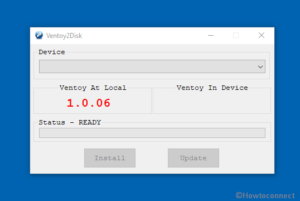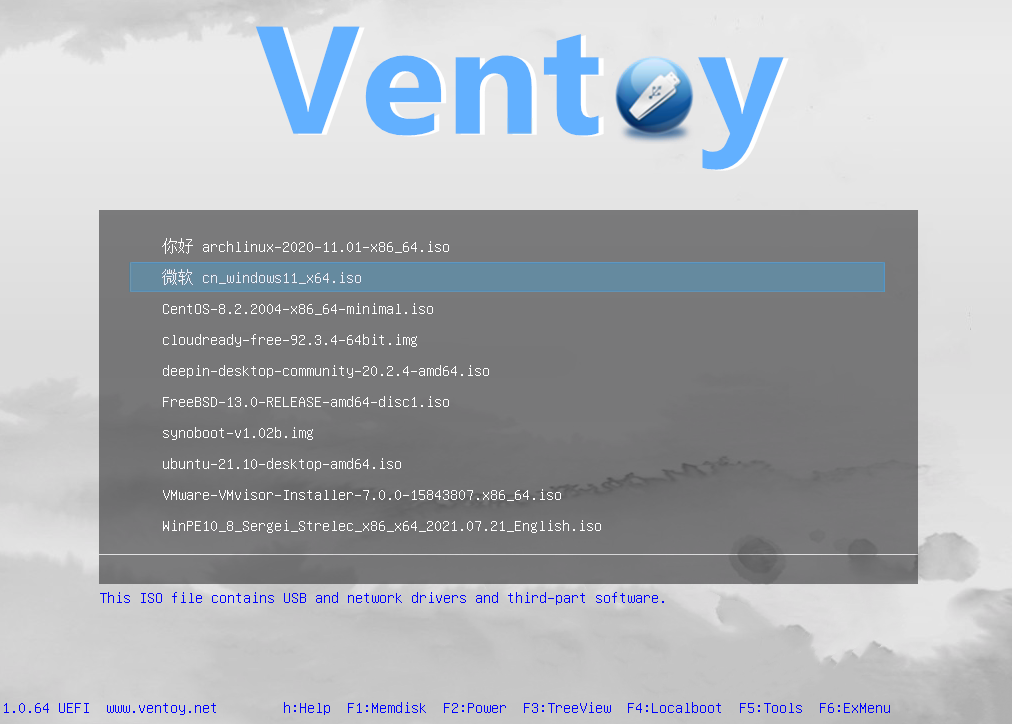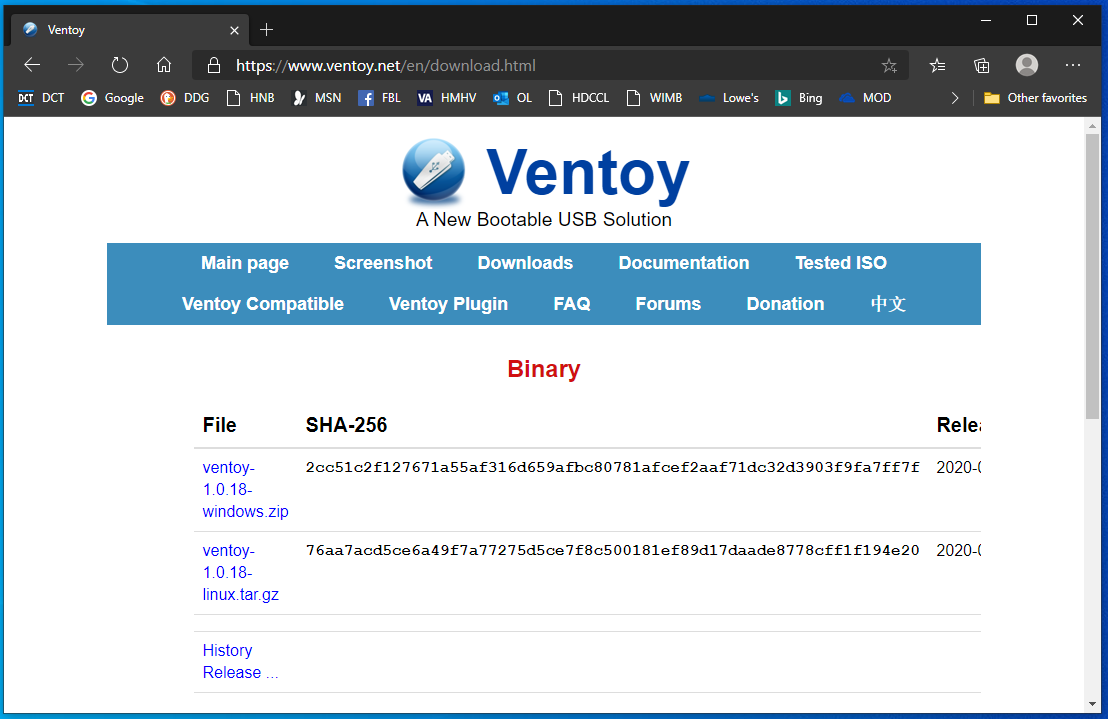
Convert your Secure Boot signed payload files (e.g.
 Go into the BIOS settings and clear the DBx UEFI database blacklist to allow the Kaspersky shim to load. Go into the BIOS settings and disable Secure Boot. If you see a security-related error message, this may be due to the Kaspersky shim being specifically blocked by a database entry which has been installed into your UEFI BIOS settings (typically by recent Windows update). The initial UEFI 64-bit boot file is actually a special signed Kaspersky shim file which allows us to load an unsigned version of a1ive grub2. F8 or F12, etc.) to select the USB HDD EFI boot option for Partition 2 of the USB drive. Simply use your BIOS Boot Selection function key (e.g. You can directly Secure UEFI64-Boot to the agFM grub2 boot files on the FAT32 Partition 2. ‘File Not Contiguous’ and ‘Too Many Fragments’ Errors. Boot Windows 11 on non-TPM systems using Ventoy. FreeBSD, GhostBSD, MidnightBSD, OPNsense, FreeNAS & pfSense. WInPE ISOs (WinBuilder, Medicat, Gandalf, etc.). WinPE multi-function (Hirens\DLC\Strelec) ISOs. Installing Linux from an ISO file onto a system. MBR-boot from a Debian\Kali ISO with persistence. Ubuntu-based ISO + persistence (.isopersist). PassPass (bypass Windows local password). SDI_Choco – Installing Offline Chocolatey Packages. Installing Windows XP\7\8\10 using WinNTSetup.
Go into the BIOS settings and clear the DBx UEFI database blacklist to allow the Kaspersky shim to load. Go into the BIOS settings and disable Secure Boot. If you see a security-related error message, this may be due to the Kaspersky shim being specifically blocked by a database entry which has been installed into your UEFI BIOS settings (typically by recent Windows update). The initial UEFI 64-bit boot file is actually a special signed Kaspersky shim file which allows us to load an unsigned version of a1ive grub2. F8 or F12, etc.) to select the USB HDD EFI boot option for Partition 2 of the USB drive. Simply use your BIOS Boot Selection function key (e.g. You can directly Secure UEFI64-Boot to the agFM grub2 boot files on the FAT32 Partition 2. ‘File Not Contiguous’ and ‘Too Many Fragments’ Errors. Boot Windows 11 on non-TPM systems using Ventoy. FreeBSD, GhostBSD, MidnightBSD, OPNsense, FreeNAS & pfSense. WInPE ISOs (WinBuilder, Medicat, Gandalf, etc.). WinPE multi-function (Hirens\DLC\Strelec) ISOs. Installing Linux from an ISO file onto a system. MBR-boot from a Debian\Kali ISO with persistence. Ubuntu-based ISO + persistence (.isopersist). PassPass (bypass Windows local password). SDI_Choco – Installing Offline Chocolatey Packages. Installing Windows XP\7\8\10 using WinNTSetup. 
Install Windows Vista, Windows 7 and Server 2008 R2.

UEFI – Adding Windows 7/8/10 which have >4GB Install.wim/Install.esd files Menu Toggle.Update the XP 32-bit Mass Storage drivers.










